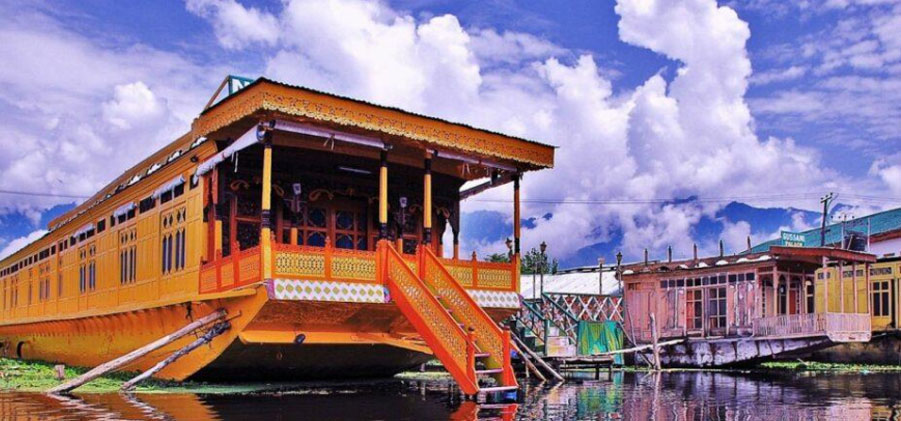Srinagar tourism
The summer state capital is situated at an altitude of 1730 meters above sea level. It is connected by air to every part of the national network. The Srinagar Airport has already been recommended and sanctioned for the international status. Srinagar is connected by an all weather road to Jammu which in turn is connected to all parts of North India. At present Srinagar’s nearest rail head is Udhampur and the railway network upto Srinagar is in its final phase of operation
Hari Parbat Fort
To the west of the Srinagar City is the much lower hill of Hari Parbhat, which is surrounded by a fort. On this hill is the temple of Sharika Devi believed to be a form of Durga Mata or Shakti. The Mughal emperor’s fort crowns the peak of Hari Parbat hill. There is little of its former glory now, but the ramparts are still impressive and the old apartments within the fort, even though in a state of ruin, still convey at least a little of the grandeur of the Mughals summer retreat in “paradise”. The forest was later developed by an Afghan governor, Atta Mohammad Khan, in the 18th century
Mughal Gardens:
Mughal Gardens, as the name suggests, built in the Mughal period is a marvel located in Srinagar. These gardens are the major attractions of the tourists to Jammu and Kashmir. These gardens are the nice example of the Mughal style of constructing attractive places.
The name Mughal Gardens is given for the combination of three renowned gardens namely the Nishat Bagh, Shalimar Gardens and Chashmashahi. These gardens are tourists’ paradise and are beautifully decorated with bright flowerbeds, terraced lawns and well maintained cascading fountains. No tourist can miss these three nice marvelous gardens.
CHESHMASHAHI
Cheshmashahi is the first Mughal Garden you will pass after Nehru Park. Built at a height above the city, its views are as stupendous as its layout. The smallest of Srinagar’s Mughal Gardens, Cheshmashahi has only three terraces in addition to a natural spring of water enclosed in a stone pavilion.
NISHAT
The next garden along the road that encircles the Dal is the Nishat built by Empress Noor Jahan’s brother Asif Khan. The largest of the gardens Nishat has several terraces, a central water course and a majestic site between the Dal and the Zabarwan hills
SHALIMAR
The third Mughal Garden — the Shalimar was planted by Jehangir, the Mughal Emperor whose love for Kashmir was legendary. Shaded by magnificent chinar trees, the Shalimar is a series of stone pavilions and flowing water with paint box bright flower beds
Pari Mahal
Pari Mahal is situated just above Chashma Shahi Gardens, about 10 km from Srinagar, in Jammu and Kashmir. It was once a Buddhist monastery, later converted into a school of astrology by Dara Shikoh – eldest son of Mughal Emperor Shah Jahan.
Pari Mahal is a historic monument as well as a well-laid spacious garden. Situated around a small spring, the garden has beautiful flowering plants and various kinds of fruit. Although Pari Mahal boasted a large number of springs earlier, only a few can be seen today. The Mahal, on the spur of a hill, is illuminated at night and can be seen from most places in Srinagar. It overlooks the picturesque Dal Lake.

